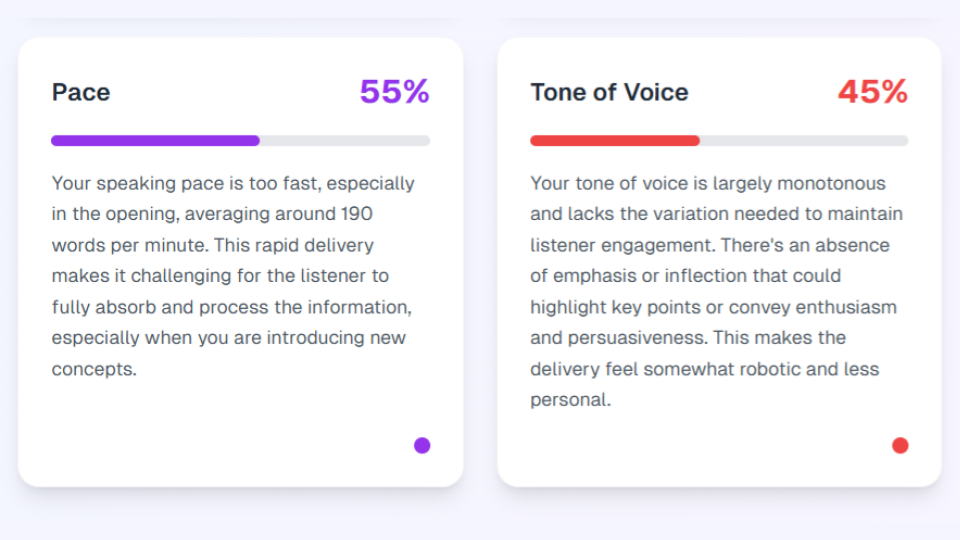Picture this: You’ve just finished building your SaaS. You’re excited, maybe a little nervous, and you decide to show it to a friend.
They ask the question every founder dreads but needs to hear:
“Who is your target audience?”
If your answer starts with “Everyone who…” stop right there.
You’ve just fallen into the “Everyone” trap, and it’s killing your chances before you even start.
The Wake-Up Call That Changed Everything
I learned this lesson the hard way with my SaaS, Speeqa.
When my friend asked about my target audience, I confidently replied: “Everyone who wants to improve their speaking and presentation skills.”
The silence that followed told me everything I needed to know. That “Hmmmmm” wasn’t approval, it was the sound of a founder realizing they’d built for everyone and no one at the same time.
The 4-Hour Pivot That Actually Worked
Instead of defending my broad approach, I did something that felt scary but necessary: I pivoted. Hard.
For the next 4 hours, I sat down and completely repositioned Speeqa.
Instead of targeting “everyone who wants to improve speaking skills,” I narrowed it down to sales professionals.
Suddenly, everything became clearer:
- I knew exactly where to find my audience (LinkedIn, sales conferences, CRM communities)
- I understood their specific pain points (closing deals, handling objections, building rapport)
- I could speak their language (ROI, conversion rates, pipeline management)
- I had a clear value proposition (better presentations = more closed deals)
The Immediate Results
Within hours of sharing my pivoted positioning on LinkedIn and Twitter, something magical happened: I got my first 2 users.
Were they paying customers yet? No. But they were real people with real problems that my SaaS could solve.
And most importantly, I knew exactly how to find more people just like them.
Why “Everyone” Is Actually No One
When you target everyone, you’re speaking to no one. Here’s why:
Diluted messaging: Your copy becomes generic because you’re trying to appeal to too many different needs.
Scattered marketing efforts: You waste time and money trying to be everywhere instead of being laser-focused where your ideal customers hang out.
Confused positioning: Potential customers can’t quickly understand if your product is for them.
Weak product-market fit: Without a specific audience, you can’t deeply understand the problems you’re solving.
How to Escape the “Everyone” Trap
- Start with a single persona: Pick one specific type of person who would get massive value from your product.
- Get uncomfortably specific: Instead of “small business owners,” try “e-commerce store owners doing $100K-$500K annual revenue.”
- Test your positioning: If you can’t immediately name 3 places where you’d find your target audience, you’re still too broad.
- Embrace the fear: Yes, it feels scary to “exclude” potential customers. But you’re not excluding them forever – you’re just focusing your limited resources where they’ll have maximum impact.
The Counterintuitive Truth
The smaller your initial target market, the faster you can grow.
When you solve a specific problem really well for a specific group of people, word spreads quickly within that community.
You can always expand later. But right now, you need to prove that your SaaS can deeply solve a real problem for real people.
Your Action Item This Week
Take 30 minutes and honestly answer this question about your SaaS:
“If I could only serve one very specific type of customer for the next 6 months, who would it be and why?”
Write down your answer. Then cut it in half. Make it more specific. Cut it in half again.
That uncomfortable specificity? That’s where your growth lives.

